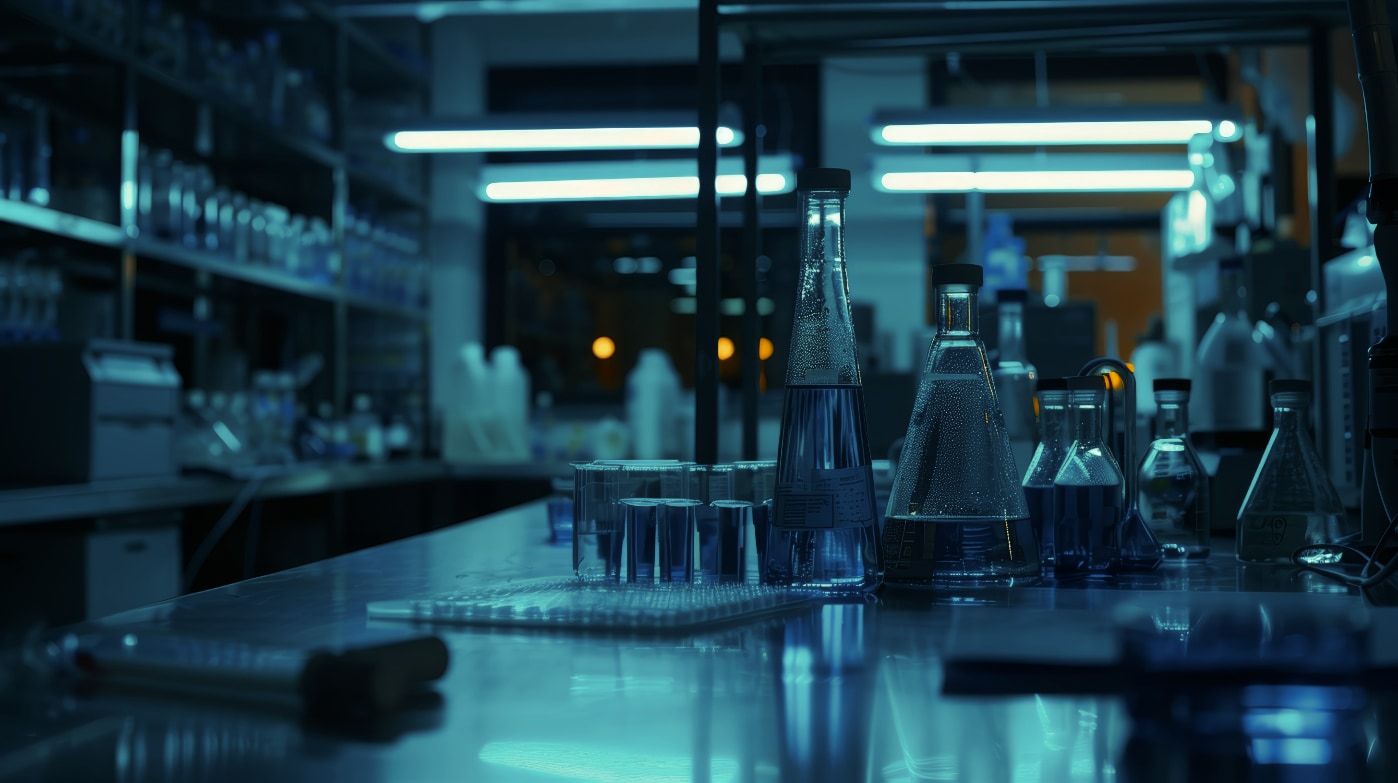-
CAS96-29-7
-
Structural formula
C₄H₉NO
Remove butanoneoxime from the exhaust air
What is butanoneoxime?
Butanone oxime, also known as methyl ethyl ketoxime (MEKO), is a colourless to yellowish liquid. It belongs to the group of oxime compounds and is mainly used as an anti-skinning agent in paints and varnishes. Butanone oxime is known for its ability to prevent the formation of a skin layer on paints during storage, which emphasises its importance in the paint industry.
Creation
Butanone oxime is produced industrially by the reaction of butanone (methyl ethyl ketone) with hydroxylamine. This process takes place in large-scale chemical plants. Butanone oxime is mainly used in the paint and coatings industry, where it serves as an anti-skinning agent to improve the storage stability of paints. It is also used in adhesives and sealants.
Recognition
Butanone oxime is a colourless to slightly yellowish liquid with a characteristic, slightly pungent odour. It has a moderate volatility and may cause eye and skin irritation. Inhalation of vapours may cause headaches, dizziness and nausea.
Limit values
In Germany, the limit values for naphtha are regulated by the Technical Instructions on Air Quality Control (TA-Luft) and the Occupational Exposure Limits (OEL). The OEL for butanone oxime is 1 ppm (parts per million) or 5 mg/m³. These limit values are intended to ensure that the concentrations in the workplace do not cause any damage to health.
Hazards
Health: Butanone oxime can cause eye and skin irritation at high exposure levels. Inhalation of vapours leads to headaches, dizziness and nausea. Long-term exposure may affect the central nervous system and may be carcinogenic. Environment: Butanone oxime is biodegradable but may pollute water and soil at high concentrations. It is toxic to aquatic organisms and can disturb the ecological balance. Economic damage: The handling of butanone oxime requires caution due to its potential health hazards. Improper storage and handling can lead to significant property damage, loss of production and high clean-up costs in the event of environmental pollution.
The oxytec Purification Technology
For many organic pollutants, we offer energy-saving and clean technologies for neutralisation, which we combine in multi-stage plants. In order to achieve a reduction below the limit values, not only the dimensioning of the respective purification stage but also the sequence of the technologies is decisive, as they have different physical effects on the molecules. Below we present some of our purification modules.
CWA
Alternative technologies
In addition to our solutions, there are other technologies such as conventional activated carbon filters and simple ventilation systems. However, these often have disadvantages such as high energy consumption, limited cleaning performance, large space requirements, long lead times and high investment costs.
Advantages of the oxytec solution
- Compact design: Small footprint compared to traditional systems
- Low operating costs, therefore fast amortisation
- Environmentally friendly: Minimal environmental impact thanks to innovative technologies
- Efficient butanone oxime reduction: High efficiency thanks to high purification levels with minimal energy consumption
